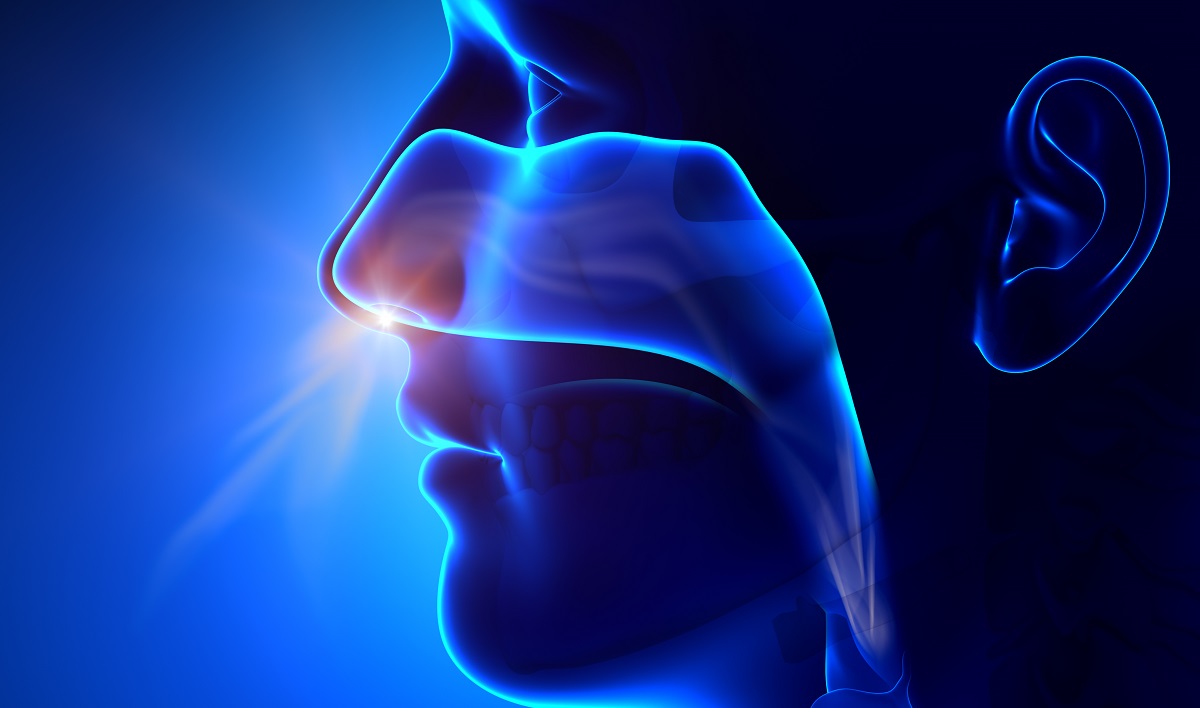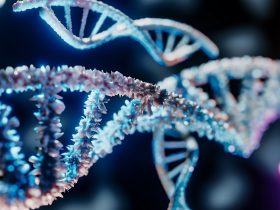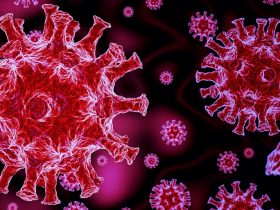A new study presented at the recent American Rhinologic Society, Combined Otolaryngology Spring Meeting (ARS-COSM) in Boston, Massachusetts (May 4-5, 2023), demonstrated the correlation between levels of nasal nitric (nNO) and nitric oxide synthase(NOS) expression (iNOS and eNOS) in CRSwNP.
Chronic rhinosinusitis with nasal polyposis (CRSwNP) is an inflammatory disease of the nasal cavity and paranasal sinuses, resulting in nasal congestion, loss of smell, and other symptoms. Nasal nitric oxide (nNO) is a clinical biomarker that has been studied to assess the presence of airway mucosal inflammation. A prior study has reported that nNO may have the potential for non-invasive diagnosis and endotype of CRSwNP. Another study found significantly lower nNO levels in CRSwNP, particularly during higher aspiration flows. However, the levels of nNO in different endotypes of CRSwNP remain unclear.
The prospective cohort study recruited patients from December 2019 to February 2020 who underwent surgical management for CRSwNP or patients without CRSwNP who underwent endoscopic sinus and/or skull-base surgery. Patients below 18 years of age with primary ciliary dyskinesia, cystic fibrosis, CRSsNP, or allergic rhinitis were excluded from the study.
All patients underwent exhale nNO testing via NIOX MINO while the intraoperative sinonasal biopsies were collected and snap-frozen to correlate levels of NOS expression and nNO. The primary outcome measures were levels of iNOS mRNA, eNOS mRNA, and nNO levels at the time of surgical intervention, while the secondary outcome measures included patient demographics (age, gender), the extent of disease (Lund-Kennedy endoscopy score, Lund-McKay CT score, and SNOT-22) and activation of inflammatory genes through mRNA analysis.
Study results revealed that among the 20 patients recruited (10 CRSwNP and 10 control individuals), CRSwNP patients had elevated eNOS mRNA levels compared to the control patients. Moreover, the tight grouping of CRSwNP cases produced homogeneity regarding gene expression in the inflammatory panel. However, the control patients were more heterogeneous, with an increased spread compared to the other cases.
Regarding the extent of disease, the nNO, SNOT-22, endoscopy, and CT scores differed significantly among CRSwNP and control group individuals (136.6, 57.9, 7.6, 17.6 vs. 260.7, 19.4, 0.3, 0.4). In addition, 34 genes significantly differed between the groups on the non-adjusted analysis, while 14 genes remained significantly different in the adjusted analysis.
The authors claimed that despite the limited sample size, the study represents one of the largest direct comparison studies amongst CRSwNP and control patients. Moreover, the authors also acknowledged that the control patients exhibited a heterogeneous spread on clustering analysis, making eliminating the presence of other inflammatory diseases challenging.
The authors proposed the following steps to address these limitations: increasing sample size for future studies; and collecting and performing post-operative mRNA analysis correlating with clinically measured nNO levels.
The research team involved in the study consists of Vincent Wu MD; Michael Cusimano MD; FRCSC, DABNS, FAS, Ph.D., MHPE; Philip Marsden MD; and John M. Lee MD FRCSC MSc from St. Michael’s Hospital Toronto, Canada.
Reference:
Wu V, Cusimano M, Marsden P, et al. Levels of nasal nitric oxide and nitric oxide synthase in chronic rhinosinusitis with nasal polyposis. ARS-COSM. May 4-5, 2023.






